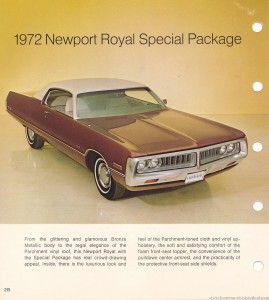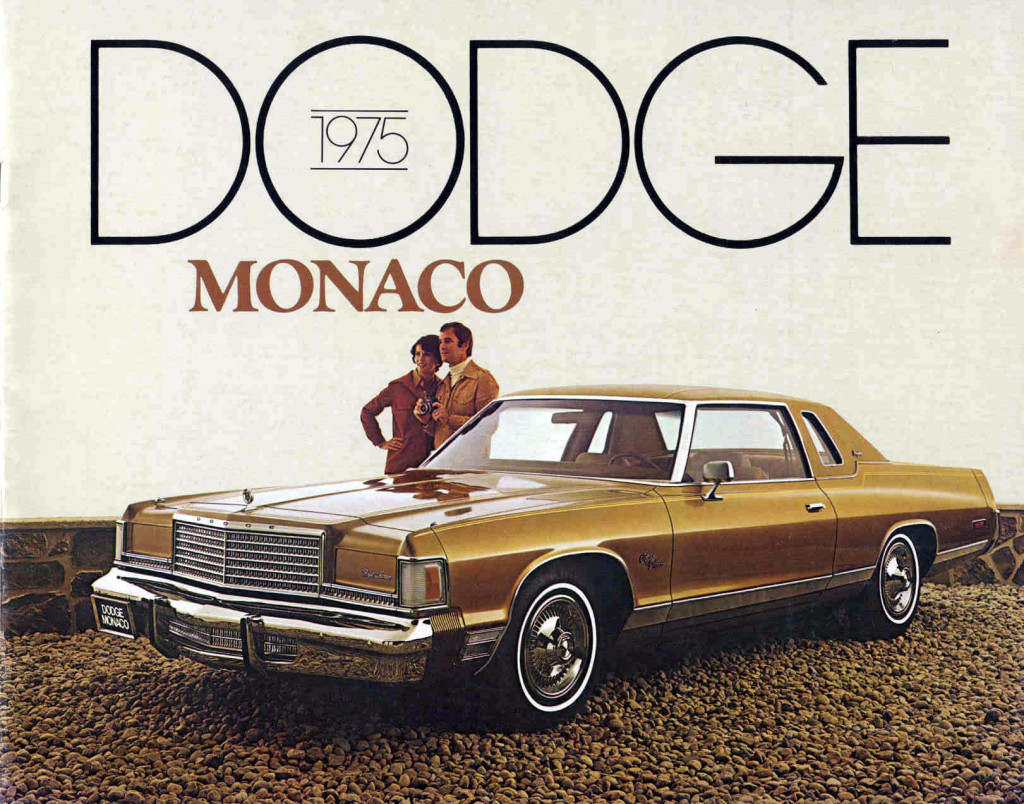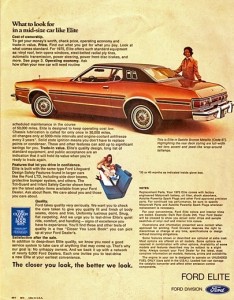The 1970s are known for a lot of things – Watergate, the Oil Crisis, disco, leisure suits, ABBA – but it will also be known for a singular colour.
Brown.
Yes, the crayon everyone ignores was the shade of choice in this heady, wide-lapelled decade. Its offshoots were there too – tan, beige, bronze, copper – rounding out a colour palate that went perfectly with sunflower yellow and olive green, seemingly the next most popular shades.
Definitely, you wanted a car that matched your wardrobe, kitchen, rec room, and drinking glasses. (Check out how far the indoor trend went here.)
As everyone knows, I have a distinct passion for land yachts of this era. Yes, show me a Baroque barge with a detuned engine and a landau roof, and I’ll start salivating like Pavlov’s dog.
So long, so heavy, so underperforming, so plush, and often, so BROWN. These are the cars that would be piloted by a bad guy’s henchmen as they shadowed Jim Rockford or Detective Kojak through the grimy streets of Gerald Ford-era America.
Gazing at one of these block-long wonders, you can almost smell the velour (or vinyl) seats, deep-pile carpet and fake wood veneer that lurks within, waiting to surprise a lucky driver with an explosion of tacky opulence.
Everything about them hinted at a decadent lifestyle of excitement and pleasure, slathered in brown (brown everywhere!), just like in this homoerotic, Japanese cologne commercial starring Charles Bronson:
https://www.youtube.com/watch?v=XEqA84R0lYU
Nothing lasts forever, as the saying goes, and as the decade drew to a close, so did the earth-toned excess. A new era of taste and sophistication was dawning – one that would bring pastel shirts and rayon blazers, neon bike shorts, turbocharged fours, cocaine-filled speedboats and minivans.

The fuselage-bodied Chryslers and Lincoln-Mercury barges of the early 70s adopted the brown motif like it was going out of style. Which it was.
With hindsight being 20/20, maybe the gold/brown/orange/tan/beige/copper/bronze paint and polyester of the ’70s wasn’t the worst thing ever thrust on Western society.
While the earth tones era covered seemingly everything in a layer of mud, its important to remember that car colours regularly go through phases of popularity.
Who can forget the ‘champagne metallic’ (bright beige) cars of the mid-to-late 1990s?
And how about silver? At one point in the previous decade, nearly half of new vehicles hitting the road were silver.
What’s funny about these phases is that in the early years of motoring, few cars were any colour other than black. Ford Model T ads of the early 20th century poked fun at this byproduct of assembly line manufacturing, declaring that a customer could have any colour they wanted, as long as it was black.
In the late 1950s, customers of nearly every manufacturer could order tri-coloured cars in dozens of combinations. Tu-tone colour combinations lasted until the 1980s, though were not nearly as popular by then.
Nowadays, it’s normal to see a car or crossover offered in just five colours – usually black, white, grey/silver, blue and red.
Why the consolidation? Ask a manufacturer. Dollars and cents. Too much choice affects the bottom line, as there will always be an unpopular option that can be jettisoned. ‘Close enough’ rules when car colours are concerned.
After all, it’s the car and all that technology and luxury underneath the paint you’re interested in, right? Why offer limitless paint colours when we can settle on an abbreviated palate that satisfies most people most of the time.
Heck, offering questionable colours could leave some cars sitting unsold on the lot!
So predictable are today’s colours that it’s nice to see someone offering choice, even if it’s something you or I wouldn’t go for. Hats off to Dodge for taking that plunge.
I give them four out of four ABBA’s for their bravery.



![abba_jumpers_white[1]](https://driventoattraction.com/wp-content/uploads/2015/11/abba_jumpers_white1.jpg)